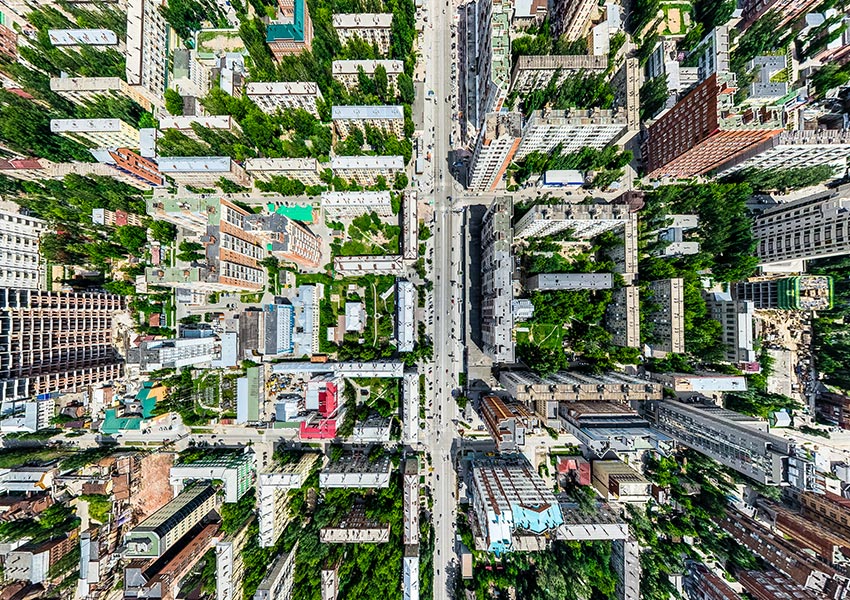By: Nick Del Giudice, American Forests
In our previous two articles, we discussed what LiDAR is, and some of its more varied uses, but we didn’t really delve into American Forests’ fascination with this new tech. Our members will know that American Forests is a leader in urban forestry through our Community ReLeaf program, designed to promote equitable access to all the features and benefits of forested urban areas. LiDAR has recently been used to further our understanding of urban forestry, and promises to be a powerful tool in the future.
The use of aerial LiDAR in an urban environment can create detailed topographical maps just like in regular forestry, but in the urban environment, it can do so much more. The scans can show urban tree canopy percentage and how it changes over the years. Urban forests are not forests in the same way that some isolated woods on open land would be, but their own complex ecosystem, of which buildings and development are a part. Monitoring tree canopy percentage and composition can help urban foresters better assess what action needs to be taken to protect the urban forest that exists, and to assess potential lots where they could expand that same forest.

Like LiDAR in wildlands, one of the data components offered is geography, and sometimes it can show an unhappy truth. In many American urban centers, while there may be a great many trees, greenspace, and all of the environmental services they provide, the trees are not necessarily geographically distributed around the city equally. This means that some communities within our cities are deprived of the essential services trees play. Lack of access to greenspace and lower concentration of urban canopy tends to intersect with low income communities already facing many incredibly difficult challenges. More urban canopy means cleaner air, cooler temperatures, cleaner water, and a more beautiful community.
At American Forests, our Community ReLeaf program is focused not just on growing our urban forests, but growing them in an equitable manner that justly provides the services of trees to all people. Environmental justice and social justice are inextricably linked. At the intersection of technology, environmental justice and social justice is tree equity. LiDAR mapping will allow for expansion of our urban forests while more equally spreading their services, growing a better future.